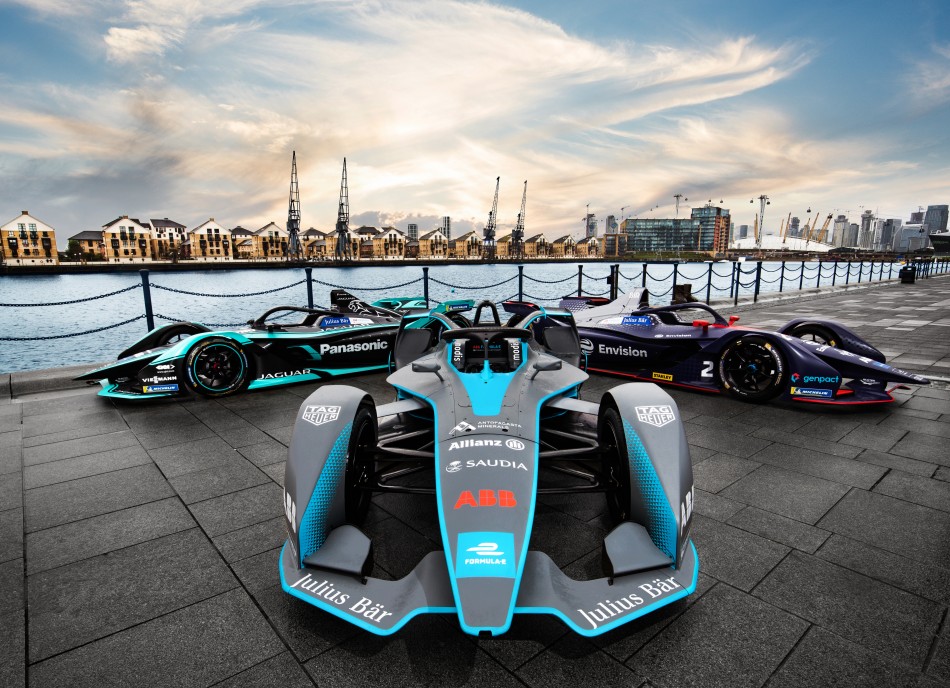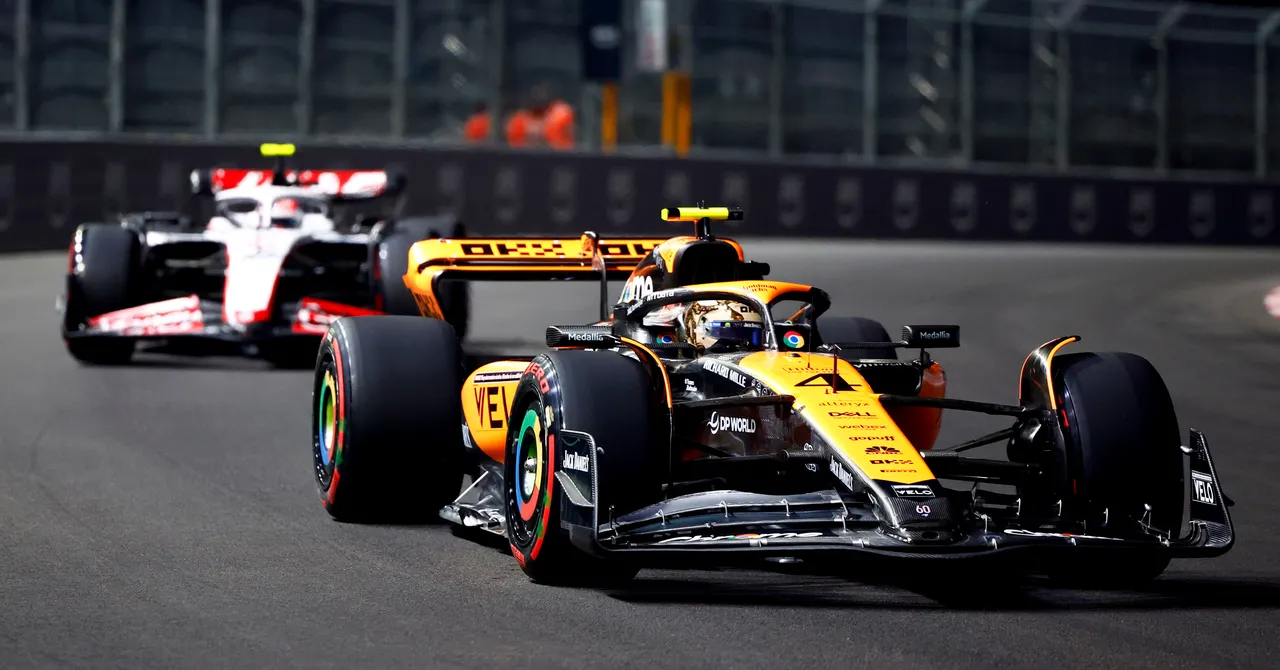Formula 1, often referred to as F1, is one of the most prestigious motorsport events globally, captivating millions of fans worldwide. With a rich history dating back to the 1950s, Formula 1 has evolved into a highly competitive and technologically advanced sport, garnering immense popularity due to its thrilling races and cutting-edge technology.
Speed Characteristics of Formula 1 Cars

Formula 1 cars are renowned for their exceptional speed capabilities. These racing machines can accelerate from 0 to 60 mph in just under 2 seconds, showcasing their incredible power and agility. With top speeds exceeding 230 mph (370 km/h), Formula 1 cars are among the fastest vehicles on the planet, capable of covering vast distances in a remarkably short time.
Factors Affecting Speed
Several factors contribute to the extraordinary speed of Formula 1 cars. The primary determinant is the immense power generated by their high-performance engines. Additionally, advanced aerodynamic designs enhance stability and reduce drag, allowing for optimal speed on straightaways and corners. Moreover, the specialized tires used in Formula 1 provide exceptional grip, enabling drivers to maintain control at high speeds.
Evolution of Formula 1 Speed
Over the years, Formula 1 speed has witnessed significant advancements, driven by continuous technological innovation and rule changes. From the introduction of turbocharged engines to the implementation of hybrid powertrains, each era has seen remarkable improvements in speed and performance. Moreover, regulations aimed at enhancing safety have also influenced the design and speed capabilities of Formula 1 cars.
Safety Measures in Formula 1
Despite their incredible speed, Formula 1 cars prioritize safety above all else. Rigorous safety regulations and innovative technologies, such as the halo cockpit protection system, have been implemented to minimize the risk of accidents and protect drivers in the event of a crash. These measures have undoubtedly influenced the speed dynamics of Formula 1, ensuring that safety remains paramount.
Comparison with Other Racing Categories
While Formula 1 cars are undoubtedly among the fastest in the world, they are often compared to other racing series, such as IndyCar and NASCAR. While each category has its own unique characteristics, Formula 1 stands out for its emphasis on aerodynamics and technological sophistication, resulting in unparalleled speed and performance.
Records and Milestones
Formula 1 has witnessed numerous record-breaking performances and historic milestones over the years. From setting fastest lap times to achieving multiple world championships, drivers and teams continually push the boundaries of speed and endurance, cementing their legacy in the annals of motorsport history.
Challenges of Driving at High Speeds
Driving a Formula 1 car at blistering speeds presents immense challenges for drivers. The physical demands on the body are immense, requiring peak fitness and endurance to withstand the forces exerted during acceleration, braking, and cornering. Moreover, maintaining focus and concentration at speeds exceeding 200 mph requires exceptional mental resilience and precision.
Spectator Experience
For fans, watching Formula 1 races is an exhilarating experience unlike any other. The thrill of witnessing cars hurtling down the track at breakneck speeds, accompanied by the roar of engines and the scent of burning rubber, creates an electrifying atmosphere that captivates spectators around the world. However, ensuring spectator safety remains a top priority, with stringent measures in place to protect fans attending live events.
Environmental Impact
Despite their speed and performance, Formula 1 cars are increasingly mindful of their environmental impact. Efforts to improve fuel efficiency and reduce carbon emissions have led to the development of hybrid powertrains and sustainable technologies, paving the way for a more eco-friendly future in motorsport.
Impact on Automotive Industry
The technological advancements pioneered in Formula 1 have had a profound impact on the automotive industry as a whole. Innovations in aerodynamics, hybrid powertrains, and materials science have found their way into consumer vehicles, enhancing performance, efficiency, and safety on the road.
Future Prospects

Looking ahead, Formula 1 is poised to continue pushing the boundaries of speed and innovation. With ongoing efforts to improve sustainability and reduce environmental impact, the sport is set to enter a new era of high-performance racing that balances speed with responsibility.
Conclusion
Formula 1 cars are among the fastest and most technologically advanced vehicles in the world, capable of reaching speeds that defy imagination. From their humble beginnings to the modern-day marvels of engineering, Formula 1 continues to captivate audiences with its blend of speed, skill, and spectacle.
FAQs
Q. How fast can a Formula 1 car accelerate?
Ans: Formula 1 cars can accelerate from 0 to 60 mph in under 2 seconds, showcasing their remarkable power and agility.
Q. What is the top speed of a Formula 1 car?
Ans: The top speed of a Formula 1 car exceeds 230 mph (370 km/h), making it one of the fastest vehicles on the planet.
Q. How do Formula 1 cars maintain stability at high speeds?
Ans: Advanced aerodynamic designs and specialized tires help Formula 1 cars maintain stability and control at high speeds.
Q. Are Formula 1 races safe for drivers?
Ans: Formula 1 prioritizes safety above all else, with rigorous regulations and innovative technologies aimed at protecting drivers in the event of an accident.
Q. What measures are in place to ensure spectator safety at Formula 1 events?
Ans: Formula 1 events implement stringent measures to ensure the safety of spectators, including barriers, fencing, and designated viewing areas.









